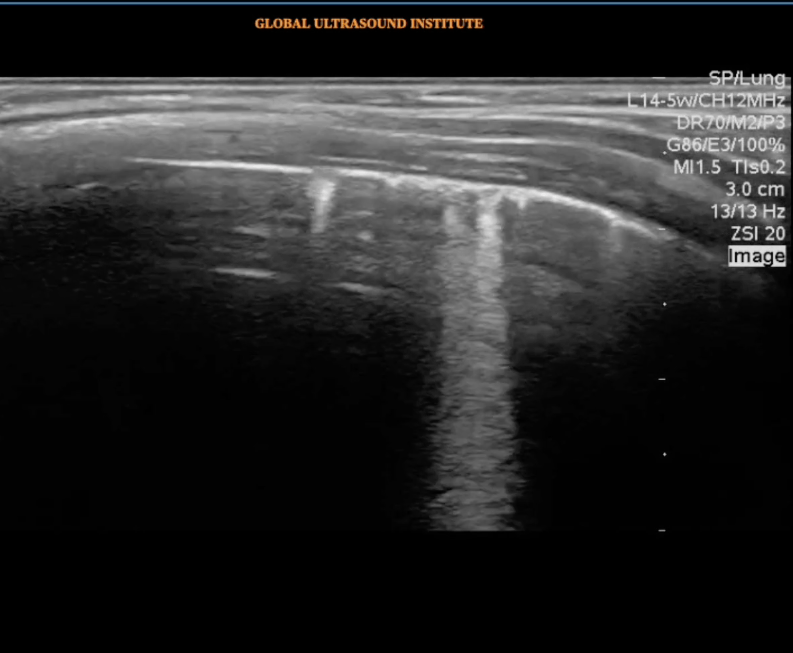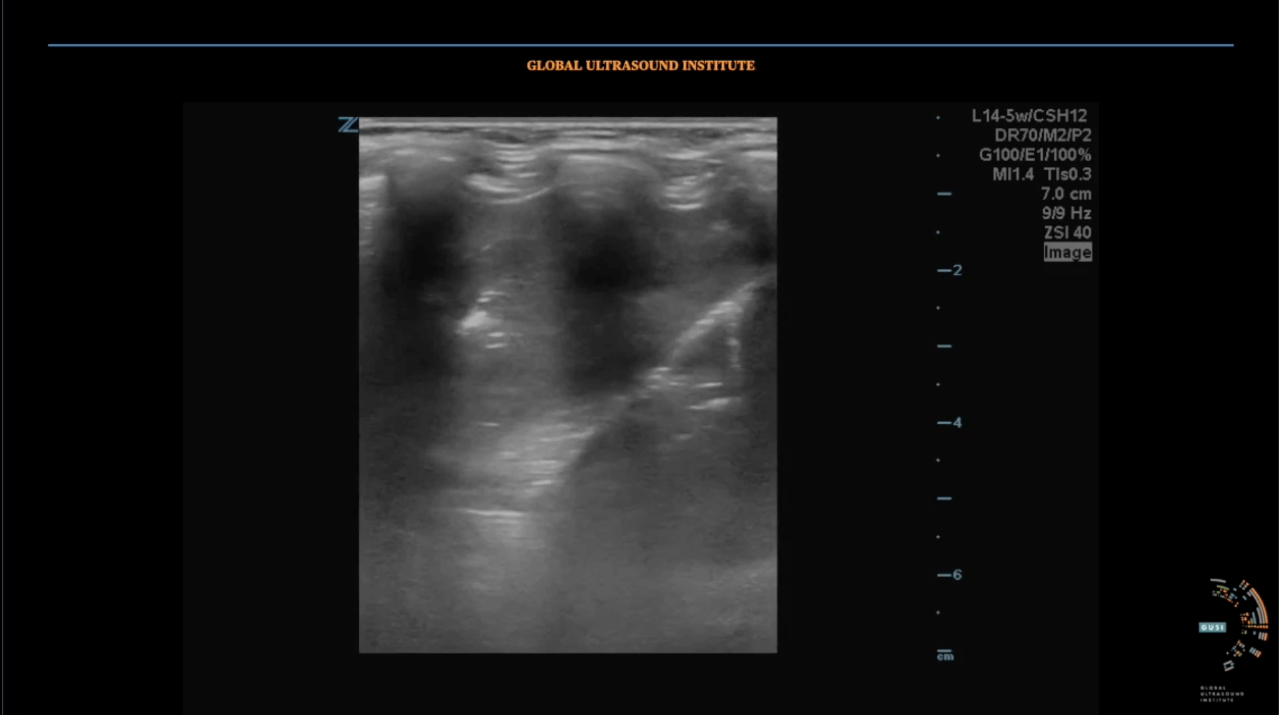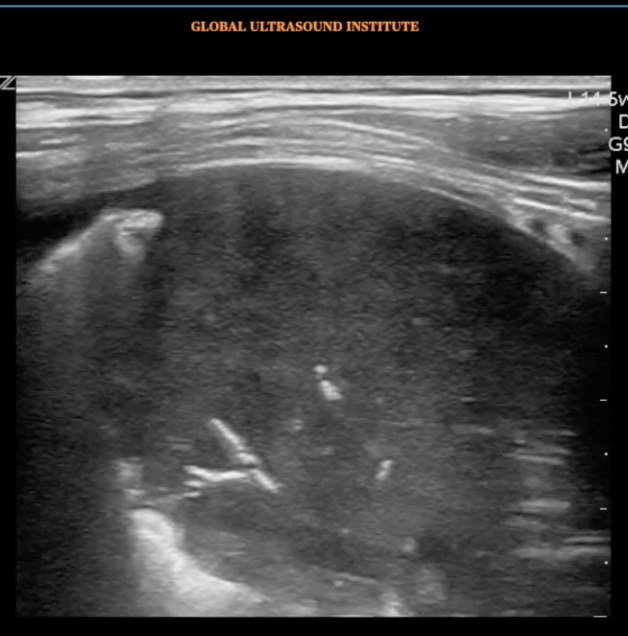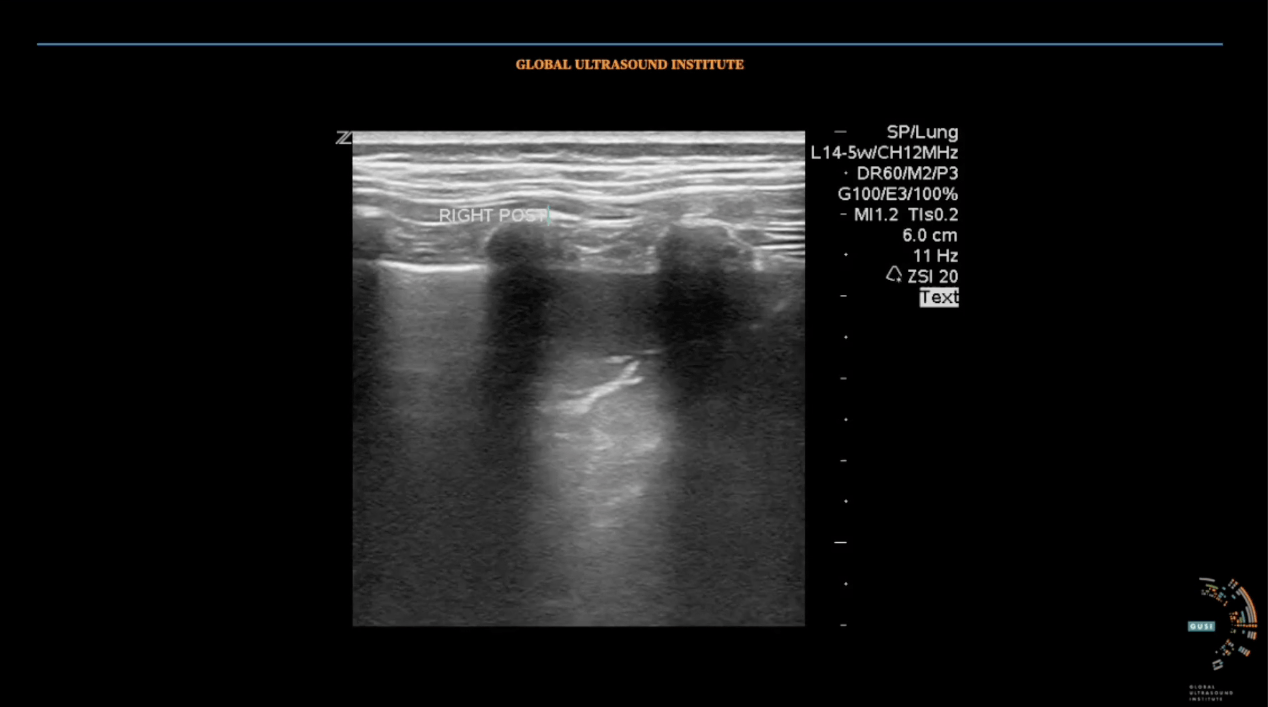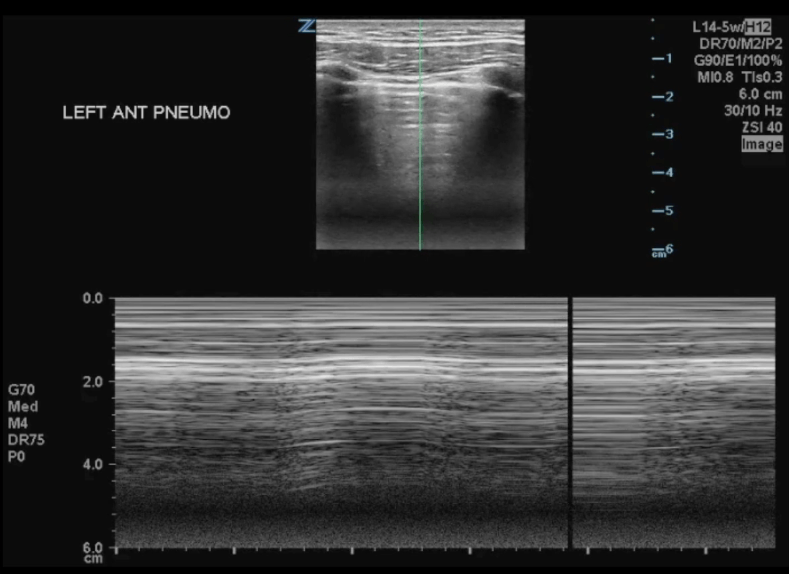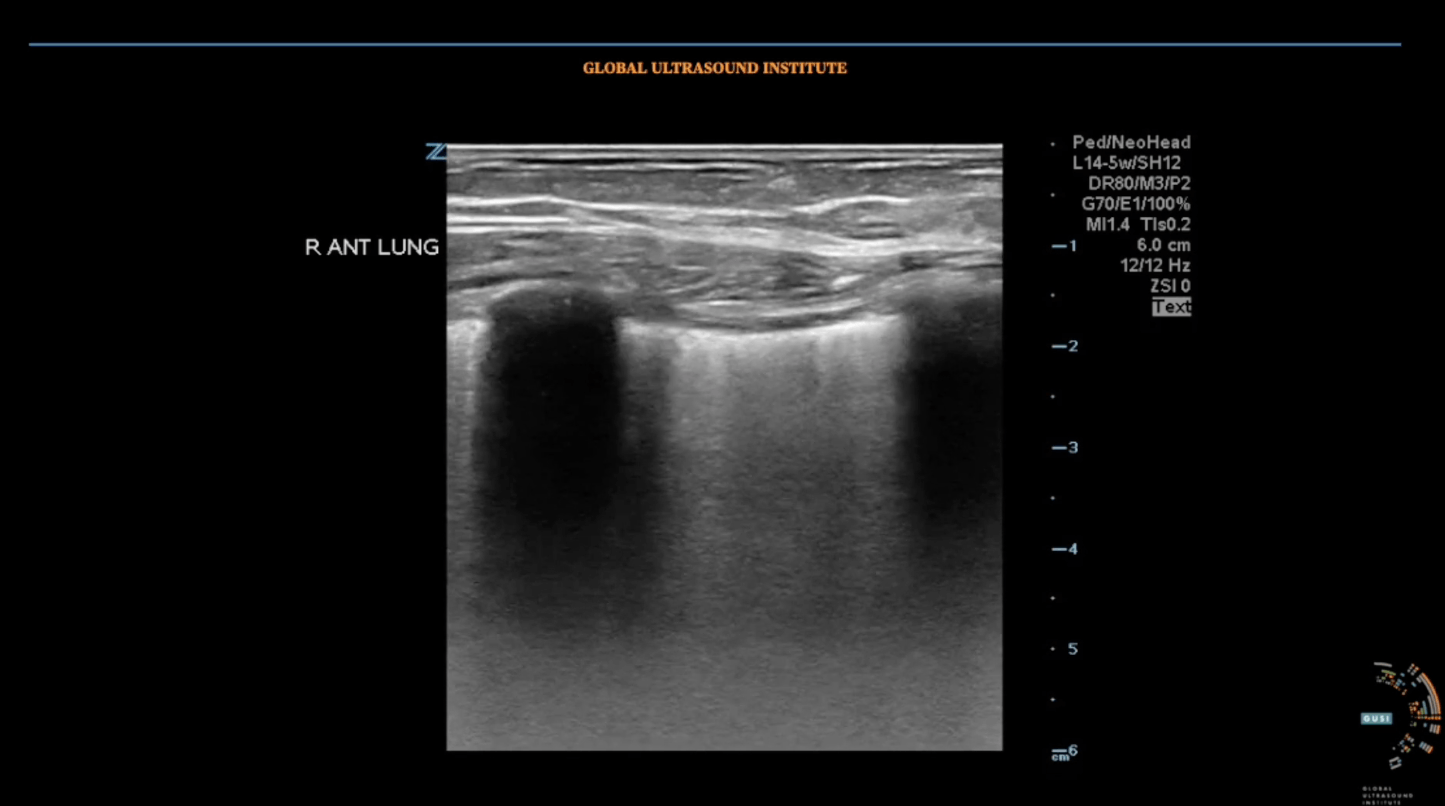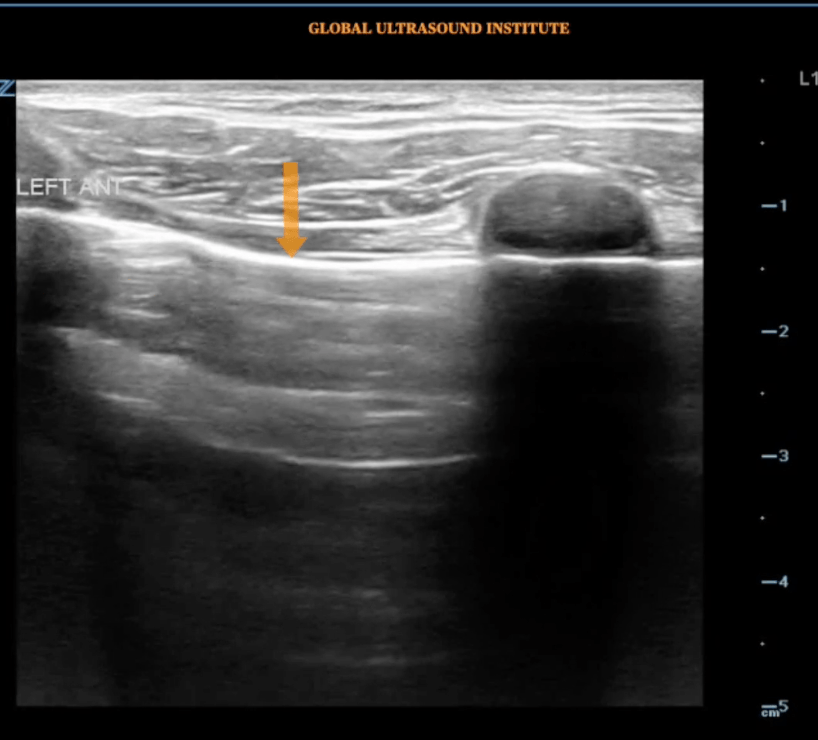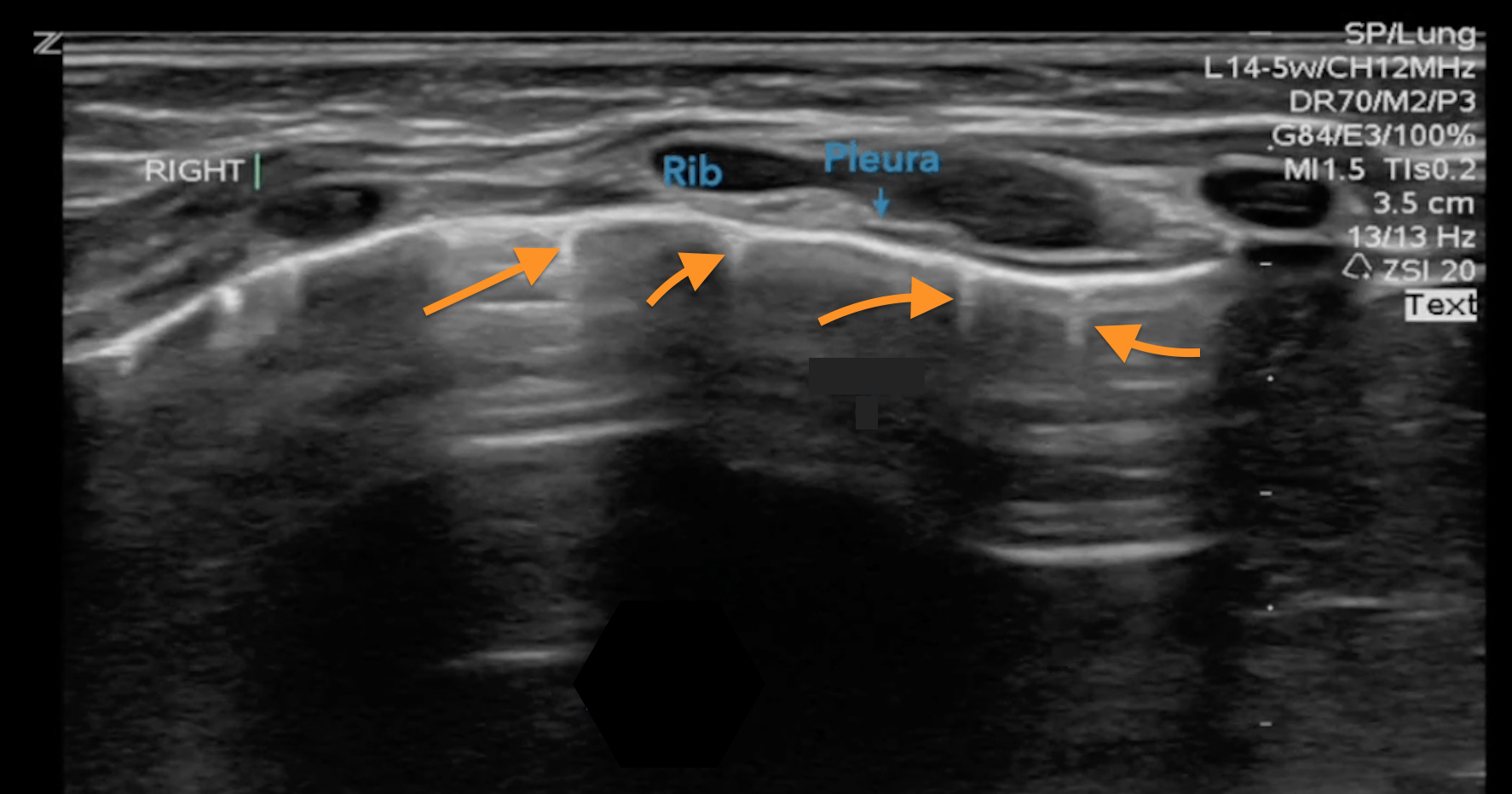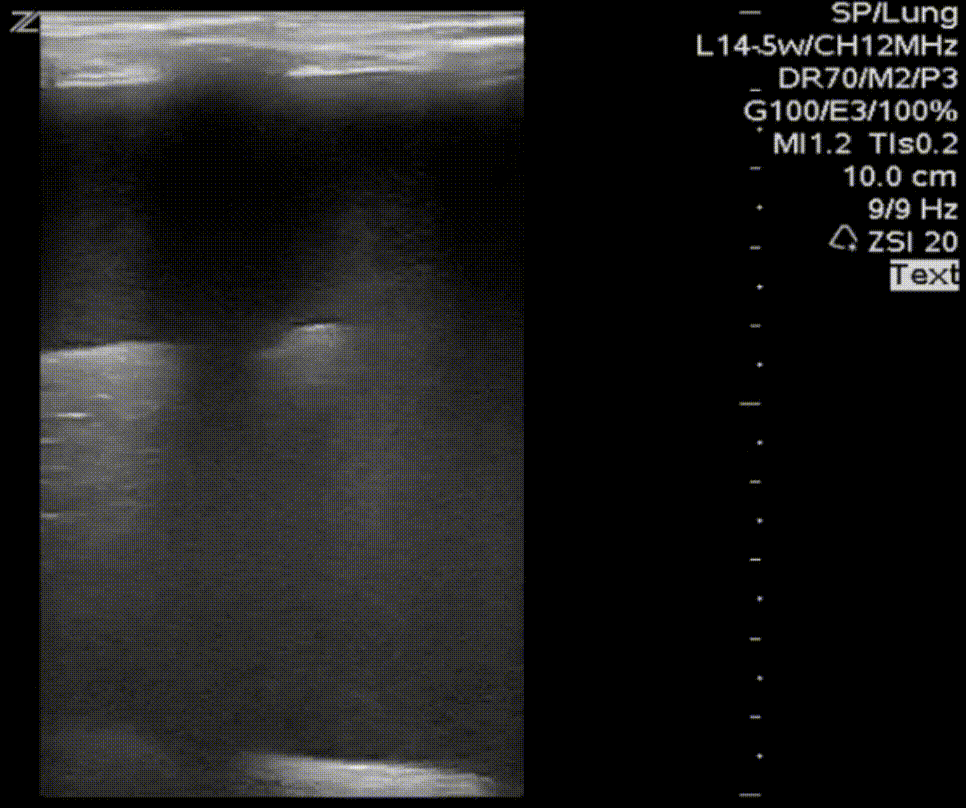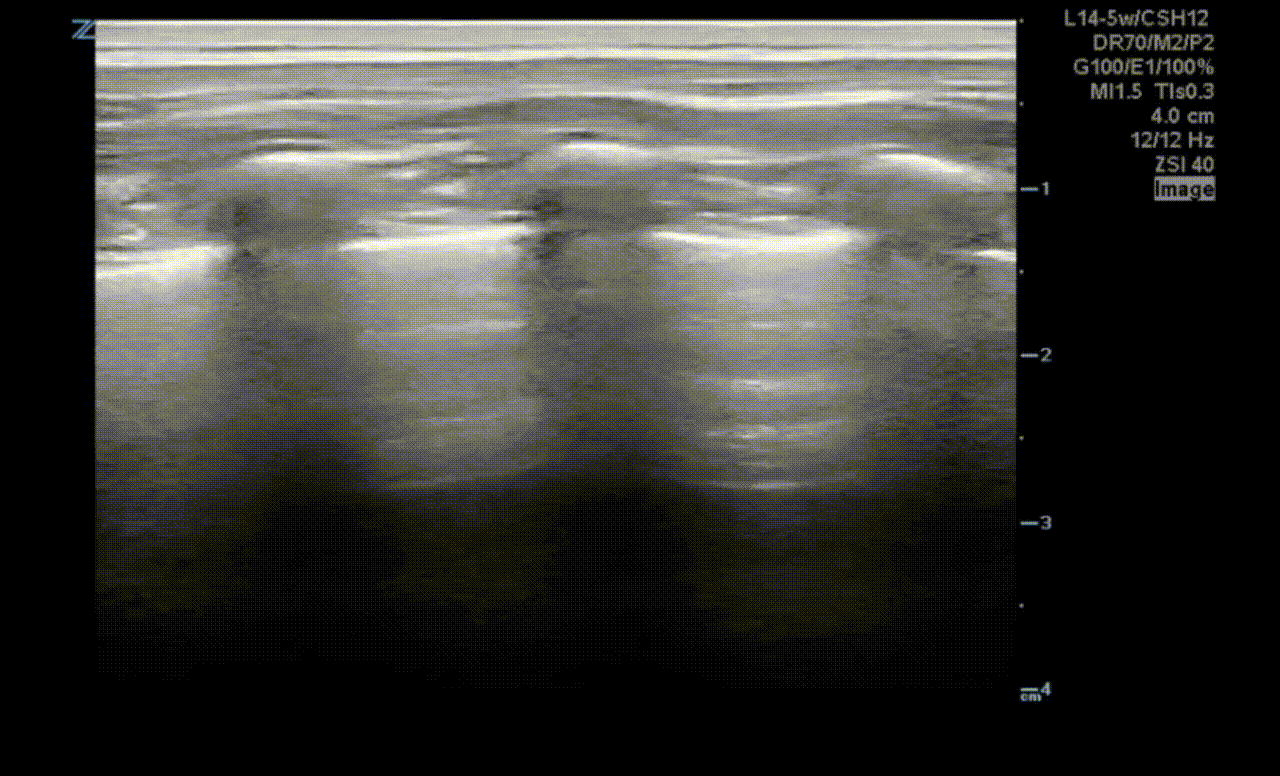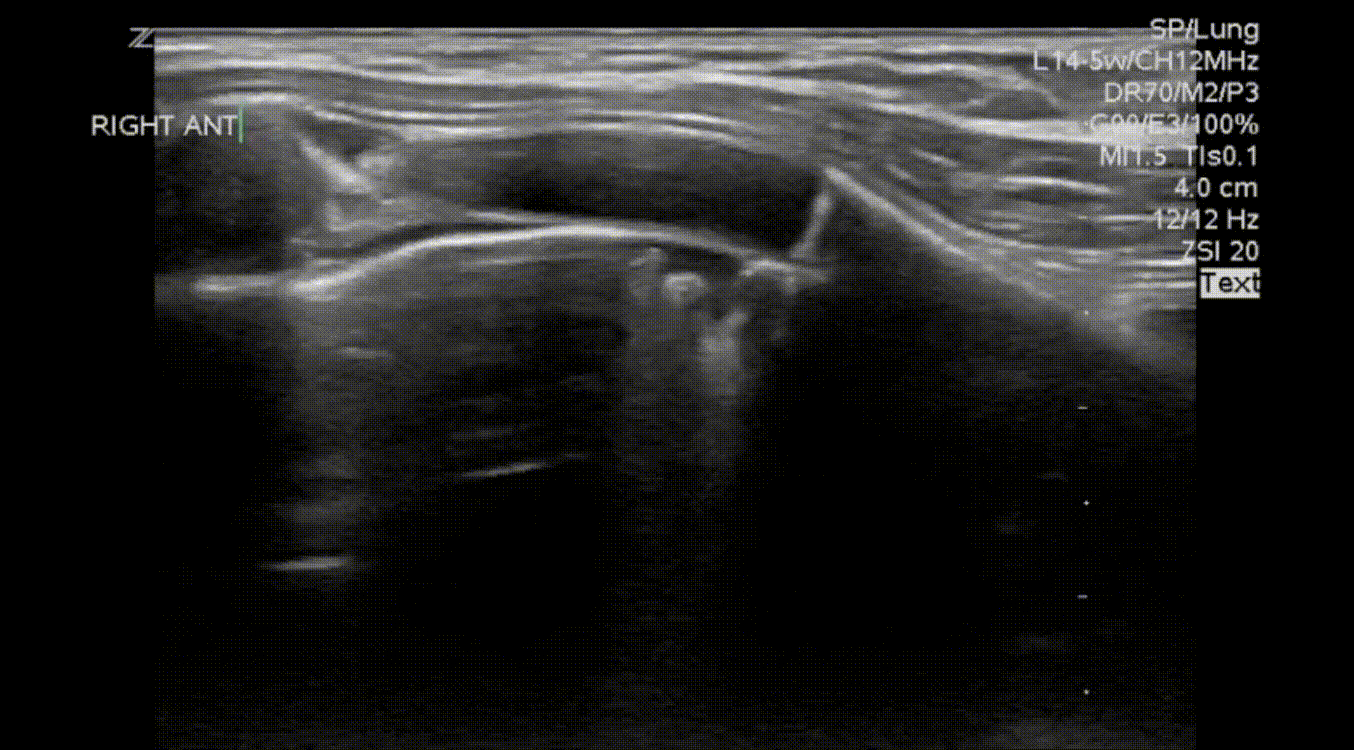Question Bank – Pediatrics Lung (Basic)
Quiz Summary
0 of 33 Questions completed
Questions:
Information
You have already completed the quiz before. Hence you can not start it again.
Quiz is loading…
You must sign in or sign up to start the quiz.
You must first complete the following:
Results
Results
0 of 33 Questions answered correctly
Your time:
Time has elapsed
You have reached 0 of 0 point(s), (0)
Earned Point(s): 0 of 0, (0)
0 Essay(s) Pending (Possible Point(s): 0)
Categories
- Not categorized 0%
- 1
- 2
- 3
- 4
- 5
- 6
- 7
- 8
- 9
- 10
- 11
- 12
- 13
- 14
- 15
- 16
- 17
- 18
- 19
- 20
- 21
- 22
- 23
- 24
- 25
- 26
- 27
- 28
- 29
- 30
- 31
- 32
- 33
- Current
- Review
- Answered
- Correct
- Incorrect
-
Question 1 of 33
1. Question
16 month old child presents with 5 days of objective fever, runny nose, worsening cough, and reduced but adequate oral intake. Work of breathing is mild and oxygen saturation is 97% on room air, but the child is tachypneic with a respiratory rate of 32, although you suspect this may be an overestimate given the child is crying any time an examiner is in the room. Auscultation is limited as the patient cries throughout the exam. Lung ultrasound shows the following:
Which of the following would be your next step in clinical management?
CorrectIncorrect -
Question 2 of 33
2. Question
A 16 month old child was seen in the emergency department for viral pneumonia. They return 2 days later for persistent cough, runny nose, and poor oral intake. Vital signs are unchanged from prior visit. It is now day 7 of objective fever. Auscultation is again limited as the patient cries throughout the exam. Lung ultrasound shows the following:
Which of the following would be your next step in clinical management?
CorrectIncorrect -
Question 3 of 33
3. Question
Where are consolidations due to bacterial pneumonia typically located on lung ultrasound?
CorrectIncorrect -
Question 4 of 33
4. Question
An 18 month old child presents with 5 days of objective fever, runny nose, worsening cough, and poor oral intake. Work of breathing is mild and oxygen saturation is 89% on room air, the child is tachypneic with a respiratory rate of 38. Auscultation is limited as the patient cries throughout the exam. Lung ultrasound shows the following:
Which of the following would be your next step in clinical management?
CorrectIncorrect -
Question 5 of 33
5. Question
Which of the following assertions is NOT supported by the pediatric literature?
CorrectIncorrect -
Question 6 of 33
6. Question
Which of the following assertions is NOT supported by the pediatric literature?
CorrectIncorrect -
Question 7 of 33
7. Question
A lines are:
CorrectIncorrect -
Question 8 of 33
8. Question
What does the “lung point” in point-of-care lung ultrasound represent?
CorrectIncorrect -
Question 9 of 33
9. Question
Diffuse, bilateral B lines are associated with
CorrectIncorrect -
Question 10 of 33
10. Question
When scanning the posterior lung fields you see pleural shredding, however you see no other signs of pathology. What adjustment should you make to see if the pleural shredding is real?
CorrectIncorrect -
Question 11 of 33
11. Question
When scanning a 2 year old child for lung pathology, you encounter a cleanly demarcated hypoechoic area in the anterior chest as shown in the above image. This is most suggestive of which the following findings?
CorrectIncorrect -
Question 12 of 33
12. Question
While scanning a 3 year old child child for lung pathology you encounter an area in the right posterior lung right above the diaphragm that resembles the nearby liver. There is no evidence of pleural effusion, the pleura appears continuous, and air/water bronchograms are static in appearance.
This is most suggestive of which the following findings?
CorrectIncorrect -
Question 13 of 33
13. Question
Which of the following findings is most suggestive of bacterial pneumonia?
CorrectIncorrect -
Question 14 of 33
14. Question
Which ultrasound probe is MOST often used to perform lung ultrasound in children?
CorrectIncorrect -
Question 15 of 33
15. Question
CorrectIncorrect -
Question 16 of 33
16. Question
On lung ultrasound you see the above finding bilaterally in various parts of the lung, mainly in the bases. Which of the following is the most likely diagnosis based on the finding in the clip above?
CorrectIncorrect -
Question 17 of 33
17. Question
On lung ultrasound you see the above finding bilaterally in various parts of the lung, mainly in the bases. Which of the following is the most likely diagnosis based on the finding in the clip above?
CorrectIncorrect -
Question 18 of 33
18. Question
A 16 year old boy presents for sudden onset of dyspnea and chest pain. His vital signs are normal and on exam he is anxious and you think you hear decreased air entry on the left side but he is splinting due to pain associated with deep breaths and has decreased air entry bilaterally.
Which of the following diagnoses is most likely the cause of his presenting symptoms?
CorrectIncorrect -
Question 19 of 33
19. Question
B lines are:
CorrectIncorrect -
Question 20 of 33
20. Question
CorrectIncorrect -
Question 21 of 33
21. Question
Which of the following sets of lung ultrasound findings is most consistent with pneumothorax?
CorrectIncorrect -
Question 22 of 33
22. Question
Which of the following sets of lung ultrasound findings is MOST strongly suggestive of bacterial pneumonia?
CorrectIncorrect -
Question 23 of 33
23. Question
Which of the following sets of lung ultrasound findings is most consistent with bronchiolitis?
CorrectIncorrect -
Question 24 of 33
24. Question
The “spine sign” on lung ultrasound is associated with which of the following lung pathologies?
CorrectIncorrect -
Question 25 of 33
25. Question
Which of the following sonographic findings is most helpful in distinguishing consolidation due to atelectasis from a consolidation due to bacterial pneumonia?
CorrectIncorrect -
Question 26 of 33
26. Question
Which of the following sonographic findings is most useful in distinguishing viral from bacterial pneumonia?
CorrectIncorrect -
Question 27 of 33
27. Question
Which of the following findings is most SPECIFIC for diagnosing pneumothorax?
CorrectIncorrect -
Question 28 of 33
28. Question
A bacterial consolidation/bacterial pneumonia in which of the following locations is most likely to be MISSED by pulmonary ultrasound
CorrectIncorrect -
Question 29 of 33
29. Question
A 5yo girl presents with fever and tachypnea. Lung ultrasound findings are shown below. Which of the following diagnoses is the most likely cause of the findings shown in the ultrasound clip below?
CorrectIncorrect -
Question 30 of 33
30. Question
A 5 year old girl presents with fever and tachypnea. Lung ultrasound findings are shown below. Which of the following diagnoses is the most likely cause of the findings shown in the ultrasound clip below?
CorrectIncorrect -
Question 31 of 33
31. Question
A 5yo girl presents with fever and tachypnea. Lung ultrasound findings are shown below. Which of the following diagnoses is the most likely cause of the findings shown in the ultrasound clip below?
CorrectIncorrect -
Question 32 of 33
32. Question
A 2 yo girl presents with 2 days of fever, cough, and congestion. You think you hear some rhonchi on exam but the patient cries too much to auscultate well. Which of the following diagnoses is the most likely cause of the findings shown in the ultrasound clip below?
CorrectIncorrect -
Question 33 of 33
33. Question
A child with respiratory distress, fever, and oxygen saturation of 88% is found on chest x-ray to have nearly complete “white out” of the right side of their chest. You obtain the ultrasound findings below. Which of the following is the most likely diagnosis for this patient?
CorrectIncorrect
Contact form website
Contact form website
"*" indicates required fields
CONTACT US
Get in touch with our team to know more about GUSI.
PRE-REGISTRATION | POCUS FOR PRIMARY CARE IN PERSON COURSE OCT. 2025
Tentative Dates: October 17-18, 2025 | San Francisco, CA
PRE-REGISTRATION | POCUS FOR PRIMARY CARE IN PERSON COURSE APRIL 2025
Tentative Dates: April 2025 | San Francisco, CA
PRE-REGISTRATION | GUSI-OHSU Musculoskeletal Ultrasound for Primary Care & Joint Injection Cadaver Course
Tentative Dates: June 7-8, 2025, Portland, OR
PRE-REGISTRATION | OB POCUS ESSENTIALS COURSE JAN 30 - FEB 2
Jan 30th to Feb 2nd 2025
[elementor-template id=”3620″]


